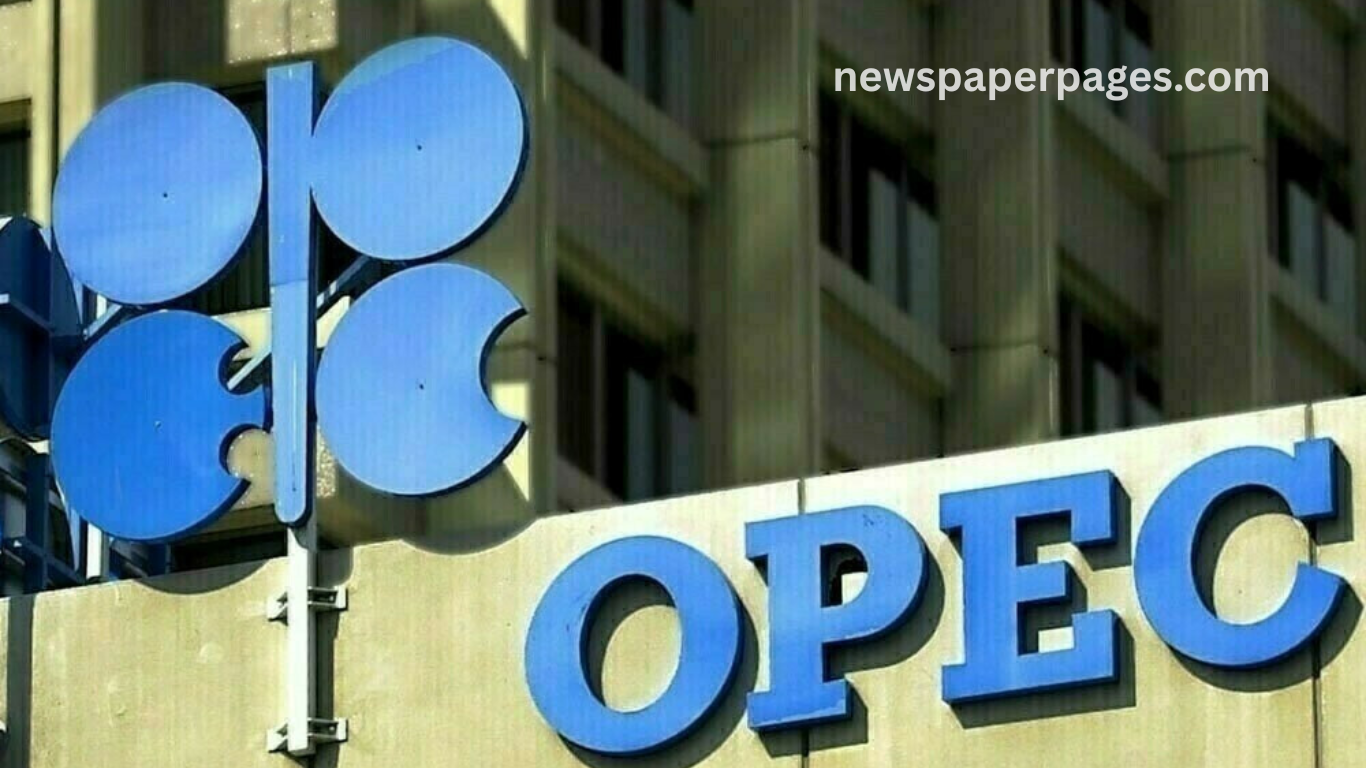In a strategic decision that continues to shape global energy markets, the Organization of the Petroleum Exporting Countries and its allies, collectively known as OPEC+, have opted to maintain their elevated oil production levels through June 2025. This decision, made amid a complex mix of global economic signals, geopolitical tensions, and fluctuating demand forecasts, underscores the alliance’s cautious yet firm stance on market stabilization.
The choice to hold steady on output levels is seen as a balancing act between supporting global economic recovery and sustaining oil prices. With Brent crude prices hovering around significant thresholds and global inventories slowly declining, OPEC+ is navigating a narrow path. The group appears committed to ensuring that oil markets remain well-supplied without tipping into surplus. This concern has loomed amid production gains in non-OPEC countries and economic uncertainties in key markets like China and the U.S.
OPEC+’s Strategy Reflects Market Stabilization Goals
OPEC+ continues to prioritize market stability by carefully managing output levels. Rather than increasing production rapidly, the group is choosing to hold back to prevent potential oversupply. This reflects a strategic response to maintain price balance while ensuring member nations receive steady revenues amid fluctuating demand forecasts and inventory levels.
Global Demand Signals Influencing OPEC+ Decisions
The decision to maintain output comes in response to mixed signals from global oil demand. While aviation and transport fuel consumption has picked up, industrial demand in regions like Asia remains uneven. OPEC+ appears to be adjusting to these uncertainties by sustaining current production rates rather than making aggressive changes.
Geopolitical Tensions and Their Impact on Oil Markets
Ongoing geopolitical tensions, particularly in the Middle East and Eastern Europe, have created volatility in oil markets. OPEC+ is factoring in these risks when deciding on production targets. Stability in output serves as a buffer against sudden supply disruptions caused by regional conflicts or sanctions.
U.S. Shale Production and Competitive Pressures
Rising U.S. shale oil production continues to challenge OPEC+’s market share. However, the group is sticking with its strategy, possibly banking on shale producers’ higher break-even costs. OPEC+ is leveraging its lower-cost production advantage to retain pricing power in the global oil market.
Read More : SBP slashes interest rate to 11%, beating market expectations
Economic Indicators Shaping Oil Policy Decisions
Inflation, interest rates, and GDP growth in major economies play a critical role in shaping oil demand forecasts. OPEC+ monitors these economic indicators closely to anticipate future consumption patterns. Their decision to maintain output levels reflects caution amid a fragile global economic outlook.
OPEC+ Production Compliance and Member Coordination
Maintaining elevated production requires strong coordination among OPEC+ members. Compliance with quotas has improved, helping the alliance maintain credibility and influence in global markets. Consistent output policies demonstrate internal alignment, which supports broader market confidence in OPEC+ decisions.
Oil Price Trends and Their Relationship with Output Levels
Global oil prices remain a key factor in determining production strategies. By keeping output steady, OPEC+ aims to avoid sharp price drops that can undermine revenues. Stable prices also help import-dependent countries manage inflation, contributing to global economic stability.
Frequently Asked Questions
What is OPEC+?
OPEC+ is a coalition of 13 OPEC members and 10 other oil-producing countries, including Russia, that collaborate on oil production policies.
Why is OPEC+ maintaining elevated oil production in June 2025?
The group aims to balance global oil markets by avoiding supply shocks and ensuring price stability amid uncertain demand and geopolitical risks.
How does OPEC+ decide on production levels?
OPEC+ uses data on global supply, demand forecasts, inventory levels, and geopolitical factors to set monthly production quotas during regular meetings.
What impact does OPEC+ have on global oil prices?
OPEC+ decisions can significantly influence oil prices by altering supply levels, which directly affect market dynamics and investor sentiment.
Could high production levels lead to a surplus?
OPEC+ is carefully monitoring inventories and demand trends to avoid surplus conditions. Their strategy is to maintain equilibrium.
How do geopolitical events affect OPEC+ policies?
Conflicts, sanctions, and diplomatic relations can impact supply routes and production levels, prompting OPEC+ to adjust its output strategy accordingly.
What role does U.S. shale play in this decision?
U.S. shale production adds competitive pressure, but OPEC+ maintains an advantage through lower-cost extraction and coordinated policy actions.
How are member countries ensuring compliance with quotas?
OPEC+ has improved monitoring mechanisms and internal agreements that promote better adherence to agreed production levels.
Conclusion
OPEC+’s decision to maintain elevated oil production in June reflects a nuanced strategy to stabilize markets amid global uncertainties. By balancing supply and demand, managing geopolitical risks, and reinforcing internal coordination, the alliance is positioning itself as a key stabilizing force in the energy sector. Stay informed to understand how these developments impact fuel prices and economic trends.

